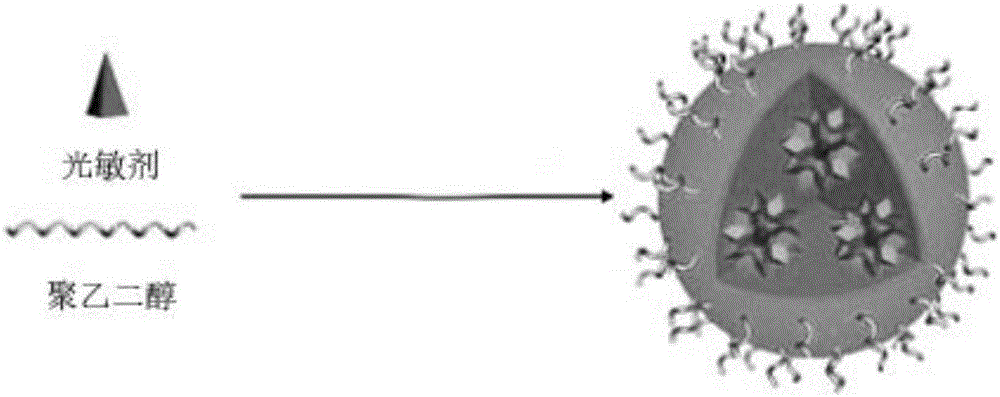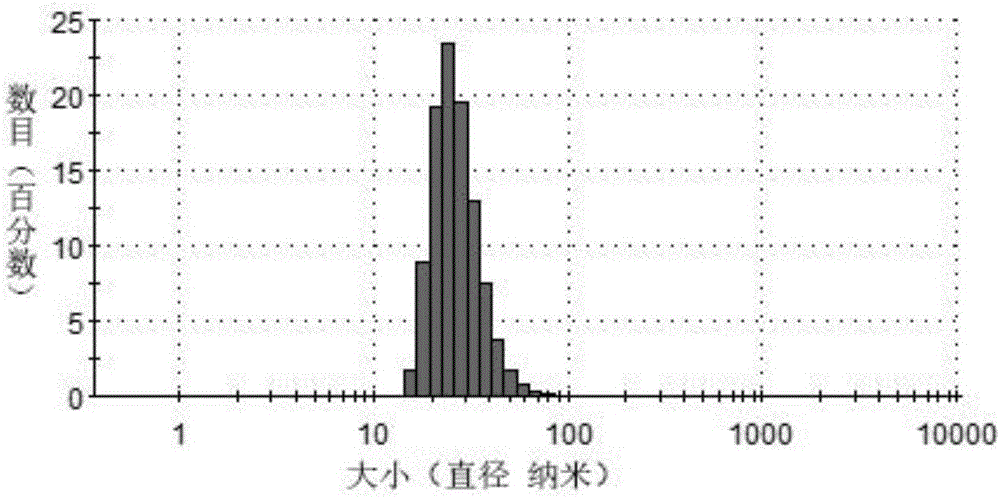Method for testing photodynamic therapy assisted by operative treatment on mouse mammary tumor cell
A technology of breast cancer cells and photodynamic therapy, which is applied in the field of photodynamic therapy-assisted surgical treatment of breast cancer cells in mice, can solve the problems of slow treatment and achieve the effect of preventing recurrence
- Summary
- Abstract
- Description
- Claims
- Application Information
AI Technical Summary
Problems solved by technology
Method used
Image
Examples
Embodiment
[0041] The experimental mice were derived from immunodeficient mice (BALB / C).
[0042] A test method for photodynamic therapy-assisted surgical treatment of mouse breast cancer cells, the steps are as follows:
[0043] 1. Preparation of Fluorescent Nanoparticles
[0044] Dissolve 4 mg of polyethylene glycol and 1 mg of a photosensitizer TPE-DCM with aggregation-induced luminescent properties in 1 ml of tetrahydrofuran (THF), and slowly add this 1 ml solution dropwise to 9 ml of ultrapure A 10 ml nanometer solution system was prepared in water, and then tetrahydrofuran (THF) in the solution was blown off to obtain a clear fluorescent nanoparticle solution.
[0045] figure 1 Schematic diagram of the structure of nanoparticles (NPs).
[0046] figure 2 Dynamic Light Scattering (DLS) of Nanoparticles. The figure shows that the average particle diameter of the nanoparticles is 41.91 nanometers.
[0047] Determination of Reactive Oxygen Species (ROS) of Prepared Nanoparticles:...
PUM
 Login to View More
Login to View More Abstract
Description
Claims
Application Information
 Login to View More
Login to View More - R&D
- Intellectual Property
- Life Sciences
- Materials
- Tech Scout
- Unparalleled Data Quality
- Higher Quality Content
- 60% Fewer Hallucinations
Browse by: Latest US Patents, China's latest patents, Technical Efficacy Thesaurus, Application Domain, Technology Topic, Popular Technical Reports.
© 2025 PatSnap. All rights reserved.Legal|Privacy policy|Modern Slavery Act Transparency Statement|Sitemap|About US| Contact US: help@patsnap.com


